- Events
- Research
- HILL
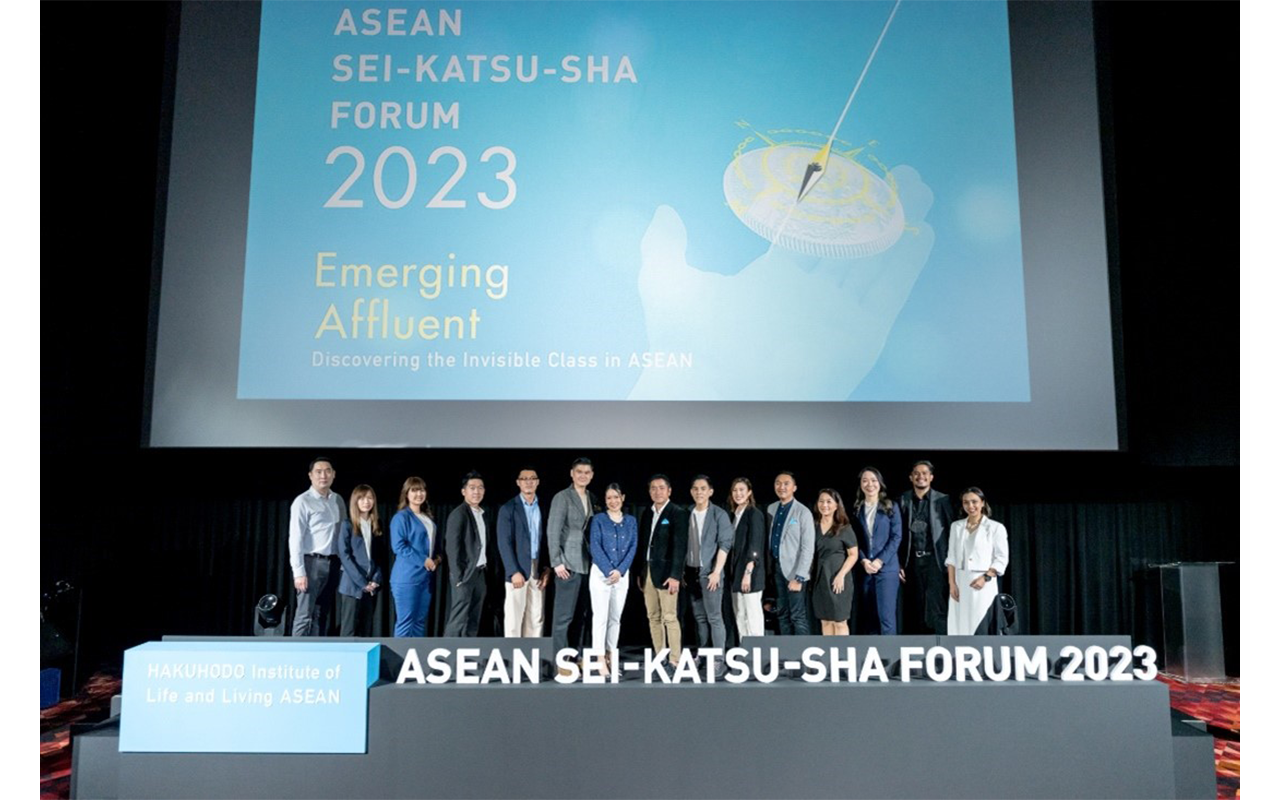
The Hakuhodo Institute of Life and Living ASEAN (HILL ASEAN) has just released the findings of its latest study on ASEAN sei-katsu-sha*, offering a deep dive into a hitherto little-known group—the Emerging Affluent. HILL ASEAN’s insightful research reveals the lifestyles, ambitions and consumer behavior of this “invisible class,” along with the reasons why brands should be taking notice of them.
HILL ASEAN conducted quantitative and qualitative research and interviews with Emerging Affluent sei-katsu-sha in six ASEAN countries—Thailand, Indonesia, Malaysia, Philippines, Vietnam and Singapore—and a quantitative survey in Japan. In this interview, three members of the research team at HILL ASEAN—Yuko Ito (Managing Director), Tomoka Takada (Regional Strategic Planning Director) and Prompohn “Dee” Supataravanich (Market Research & Strategy Associate Director)—share key findings and insights on the Emerging Affluent.
Who are the ASEAN Emerging Affluent?
YUKO:
“Emerging Affluent” is the term coined by HILL ASEAN to define the segment sandwiched between the wealthy (upper) class and the middle class. It’s also referred to as the “upper-middle class” in sociological terms, and means individuals who are striving to transition from the middle class to the wealthy class through their own efforts. For the purpose of our research, HILL ASEAN established an income range to define the Emerging Affluent in each country in our study, based on their respective economic conditions.
DEE:
According to our research, the majority of ASEAN Emerging Affluent individuals can be considered “self-made,” with over 60% coming from a middle-class socio-economic background. While they are highly self-reliant and action-oriented, they also demonstrate a belief in an “invisible power” (religious or supernatural power) for emotional support, as well as for keeping them humble and grounded. A notable aspect is that regardless of their wealth, they prefer to keep out of the spotlight and try to blend in with the rest of society. Based on appearances, it is difficult to distinguish them from the middle class!
Emerging Affluent 101
What distinguishes the ASEAN Emerging Affluent from general ASEAN sei-katsu-sha?
YUKO:
There are several major characteristics which define the Emerging Affluent:
For one thing, they are logical, strategic and self-motivated to keep advancing: Although ASEAN sei-katsu-sha are typically known for their laid-back nature, the Emerging Affluent spare no effort in striving for stability and prosperity, both for themselves and their families. This is often driven by having been through financial hardship when they were growing up, resulting in a strong determination to avoid reliving such experiences. Instead of choosing immediate happiness, they work hard to achieve wealth by carefully planning and executing tasks while considering their options.
They maintain a low-key lifestyle: To avoid the risk of jealousy and other interpersonal problems, the ASEAN Emerging Affluent lead down-to-earth lifestyles even when they’ve attained wealth. For example, luxury goods are not tools for showing off but rather are utilized as “passports” to prove their social class and trustworthiness. In terms of their patterns of consumption, they tend to seek “functional luxury,” which means products with high functionality and high quality that satisfy their family’s needs. They also tend to spend a significant amount of money on experiences that can be enjoyed by their entire family, which are less likely to attract criticism for showing off their wealth.
They engage in a horizontal life asset-building strategy: The Emerging Affluent pour their efforts into comprehensive asset building in order to achieve stable and sustainable lifestyles. This extends beyond financial assets such as real estate, savings and insurance, to include such things as education for their children and the development of skills and knowledge. It’s a strategy that expands their possibilities horizontally, rather than one-dimensional, vertical goals based solely on achieving an abundance of financial assets.

DEE:
As Yuko mentioned, their horizontal life asset-building strategy prioritizes long-term stability, and it differs from that of the wealthy, who focus on climbing to the top with a vertical strategy. Their approach is like building a house on solid foundations with multiple pillars representing different aspects of life. These foundations prepare them for economic crises and unforeseen accidents, giving them peace of mind.
Moreover, the Emerging Affluent possess a runner-up mindset because they understand how much pressure and sacrifice people at the top endure. Being in the “second position” is the sweet spot for them, as it provides sufficient wealth for family stability, while also allowing them to enjoy their life with leisure time.
Why is it important to gain a better understanding of the ASEAN Emerging Affluent?
DEE:
This segment is going to be an important economic powerhouse, driving the consumer market in ASEAN. However, their characteristics, values and lifestyle are not yet clearly defined and understood. We believe that the ASEAN Emerging Affluent serve as role models—or influencers—for the middle class, inspiring them to aim higher while also influencing their lifestyles, brand preferences and consumer behavior. In contrast to the idealized lifestyle of the wealthy that is often portrayed in mainstream media, attaining the ASEAN Emerging Affluent lifestyle through persistence and hard work is a realistic possibility for the middle class!
Optimizing their opportunities
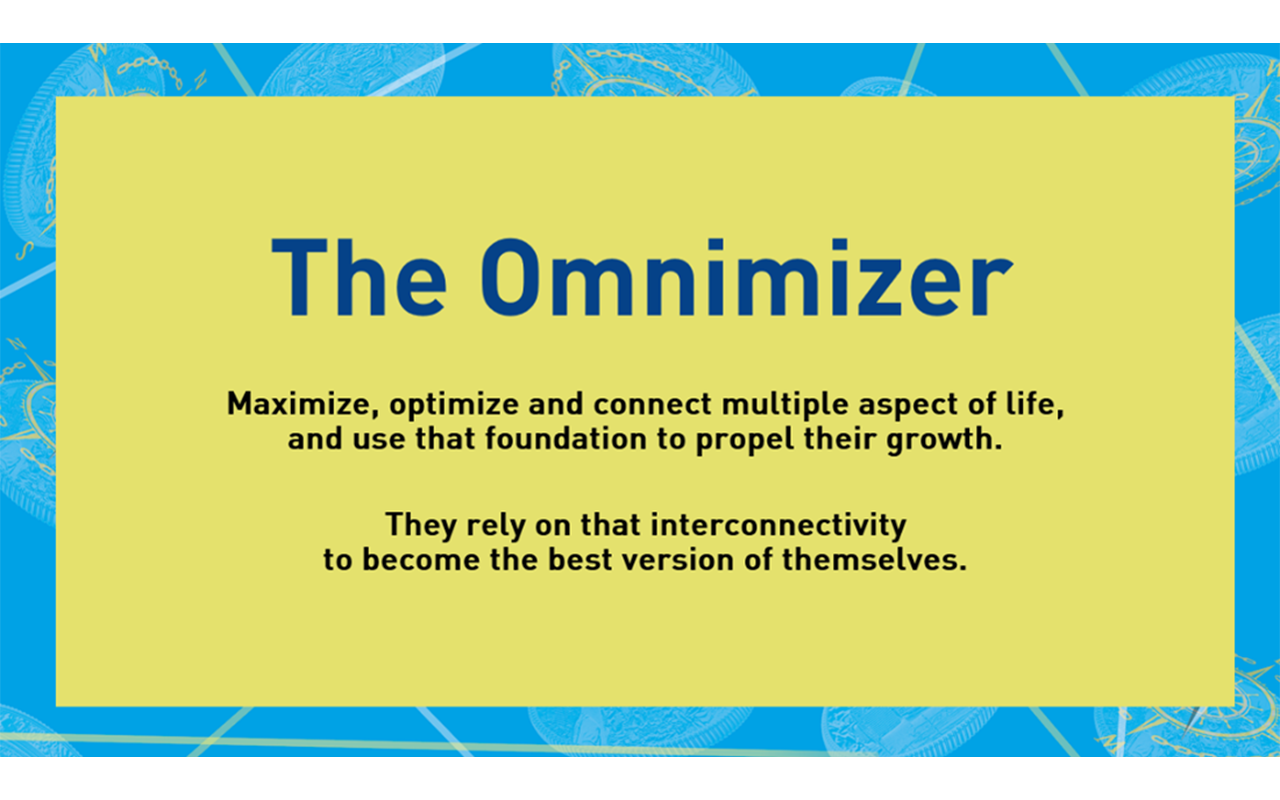
Tell us why you call them “Omni-mizers.”
TOMOKA:
The ASEAN Emerging Affluent are “Omni-mizers”: people who connect all aspects of their lives and use that foundation to propel their growth. They rely on that interconnectivity to become the best versions of themselves. As Omni-mizers, they develop a broad base of knowledge and support to ensure stability, and they take pride in long-term planning, pursuing horizontal success rather than vertical. A strong desire to attain sustainable stability for self and family is unique to the Emerging Affluent.
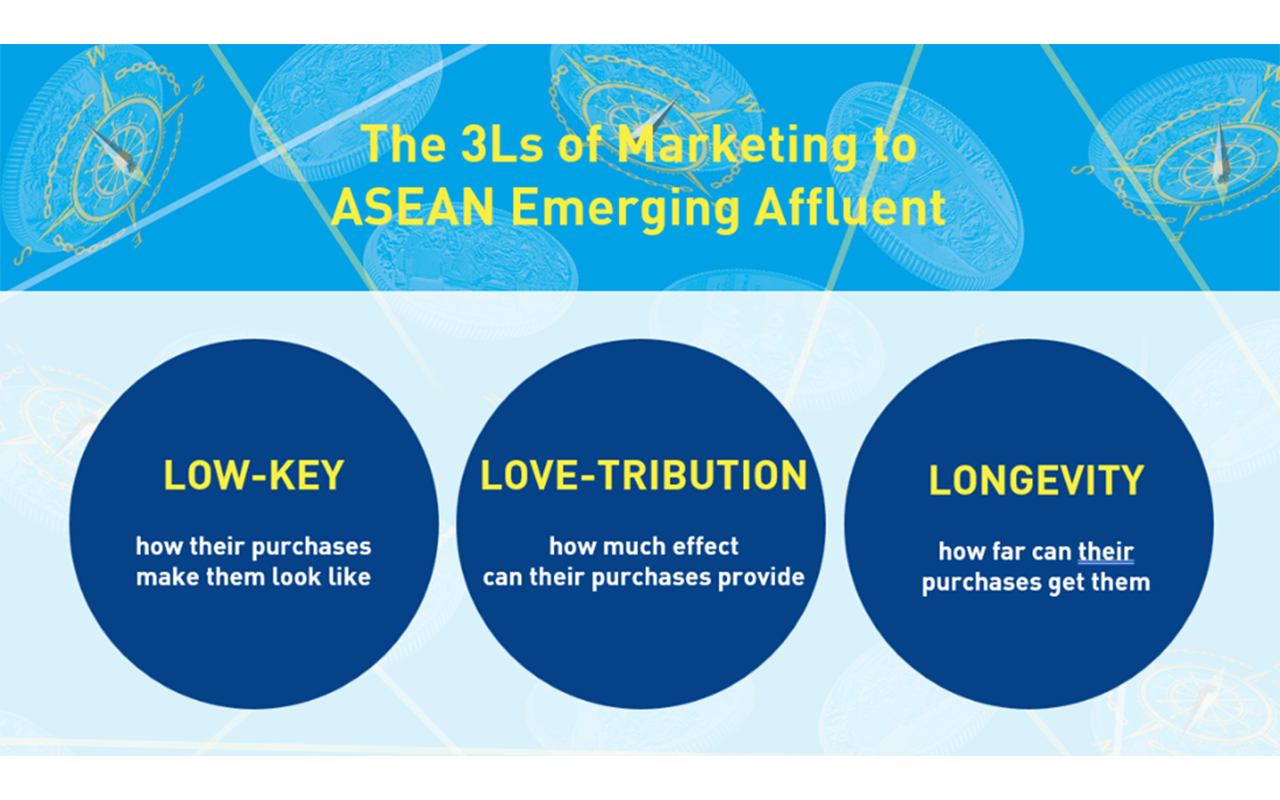
How should companies and brands approach the ASEAN Emerging Affluent?
TOMOKA:
The ideal approach can be defined with three keywords: Low-key, Love-tribution and Longevity.
Low-key represents how we have seen that the Emerging Affluent love to fly under the radar. They are willing to buy premium items, but they do so based on function and not because of the attention they get.
Love-tribution relates to how much reach they can have with their purchases, and is a combination of the words “love” and “contribution.” They see their purchases as conduits for expressing care for others. They want to share great convenience or experiences from their purchases or customer journeys with their loved ones, and brands should keep this in mind when designing for the ASEAN Emerging Affluent.
Finally, Longevity stands for the opportunities for brands to become life planners or consultants for ASEAN Emerging Affluent and their entire families. As Yuko and Dee have both mentioned, one of the things that motivates the ASEAN Emerging Affluent is a desire to make life easier for their family. Therefore, brands must do more than just sell them a product or service; they need to serve as trustworthy consultants who listen sympathetically and advise the Emerging Affluent on all aspects in their lives. Being seen as a means of eliminating their worries will increase customer value and loyalty for your brand.
In closing, is there anything that you want to highlight regarding the research methodology?
TOMOKA:
Our research is based not only on a quantitative survey, but also on in-depth home visits with respondents, where we can observe their families and neighborhoods. In this way, we try to understand not only the consumer side but also the human and lifestyle aspects of respondents, with the aim of engaging more deeply with them and gaining richer insights.
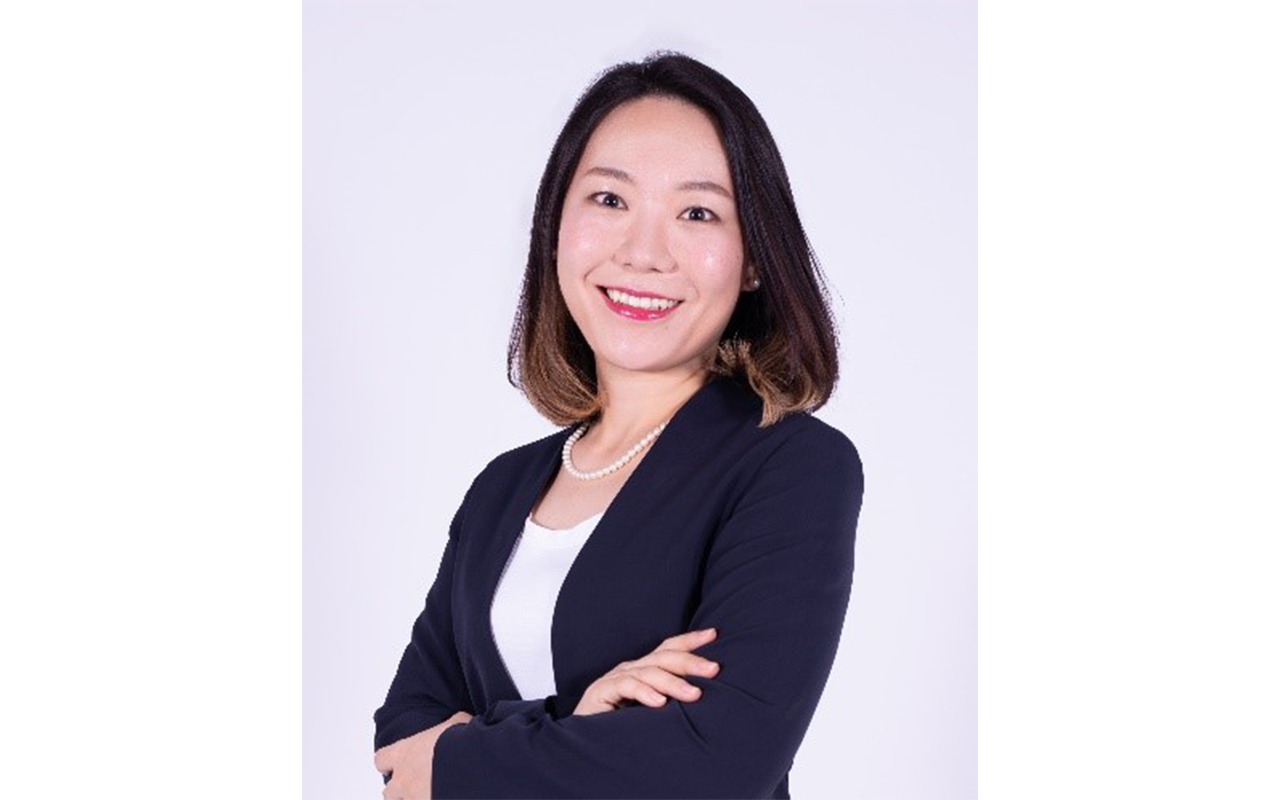
Yuko Ito, Managing Director, Hakuhodo Institute of Life and Living ASEAN
Since joining Hakuhodo in 2003 as a Marketing Planner, Yuko has worked with clients in a wide variety of industries, including education, food, beverages and toiletries. She has also been involved with product development, utilizing Data Management Platforms and communication design to gain deep insight from sei-katsu-sha research. To foster knowledge on marketing to women, she established the Hakuhodo Career Woman Lab, an internal think tank which focuses on working women. She was appointed to HILL ASEAN in 2018 and took on her current position in 2020.
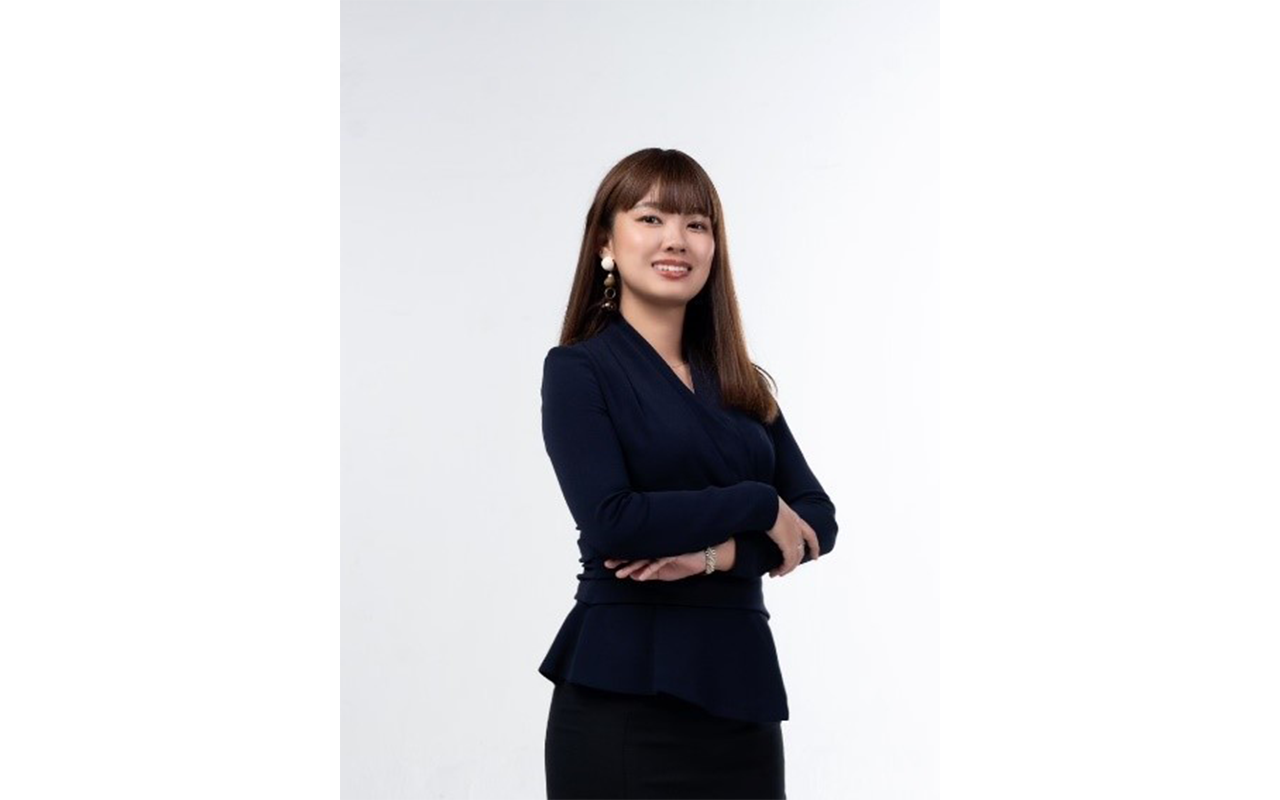
Tomoka Takada, Regional Strategic Planning Director, Hakuhodo Institute of Life and Living ASEAN
Tomoka started her career as an Account Executive at Hakuhodo Inc.’s Tokyo headquarters in 2013, before venturing into strategy and integrated marketing in Japan from 2016. She took on the role of ASEAN Regional Strategic Planning Director and Executive Researcher in 2019, overseeing branding and marketing projects in the ASEAN Region and beyond. Tomoka brings her unique anthropological perspective on sei-katsu-sha understanding and a creative mindset to her role.

Prompohn “Dee” Supataravanich, Market Research & Strategy Associate Director, Hakuhodo Institute of Life and Living ASEAN
Born and raised in Bangkok, Dee also lived in Japan for six years. She is fluent in Thai, Japanese and English, and possesses a deep understanding of cross-cultural communication. She joined HILL ASEAN in 2017 to pursue her passion for research and marketing. Along with her team, she engages in brand marketing at the both the local and regional level, and publishes multiple studies on ASEAN consumer trends and behavior, based on the Sei-katsu-sha Insight philosophy.
* “Sei-katsu-sha” is a term we use to describe people not simply as consumers, but as fully rounded individuals with their own lifestyles, aspirations and dreams.
















